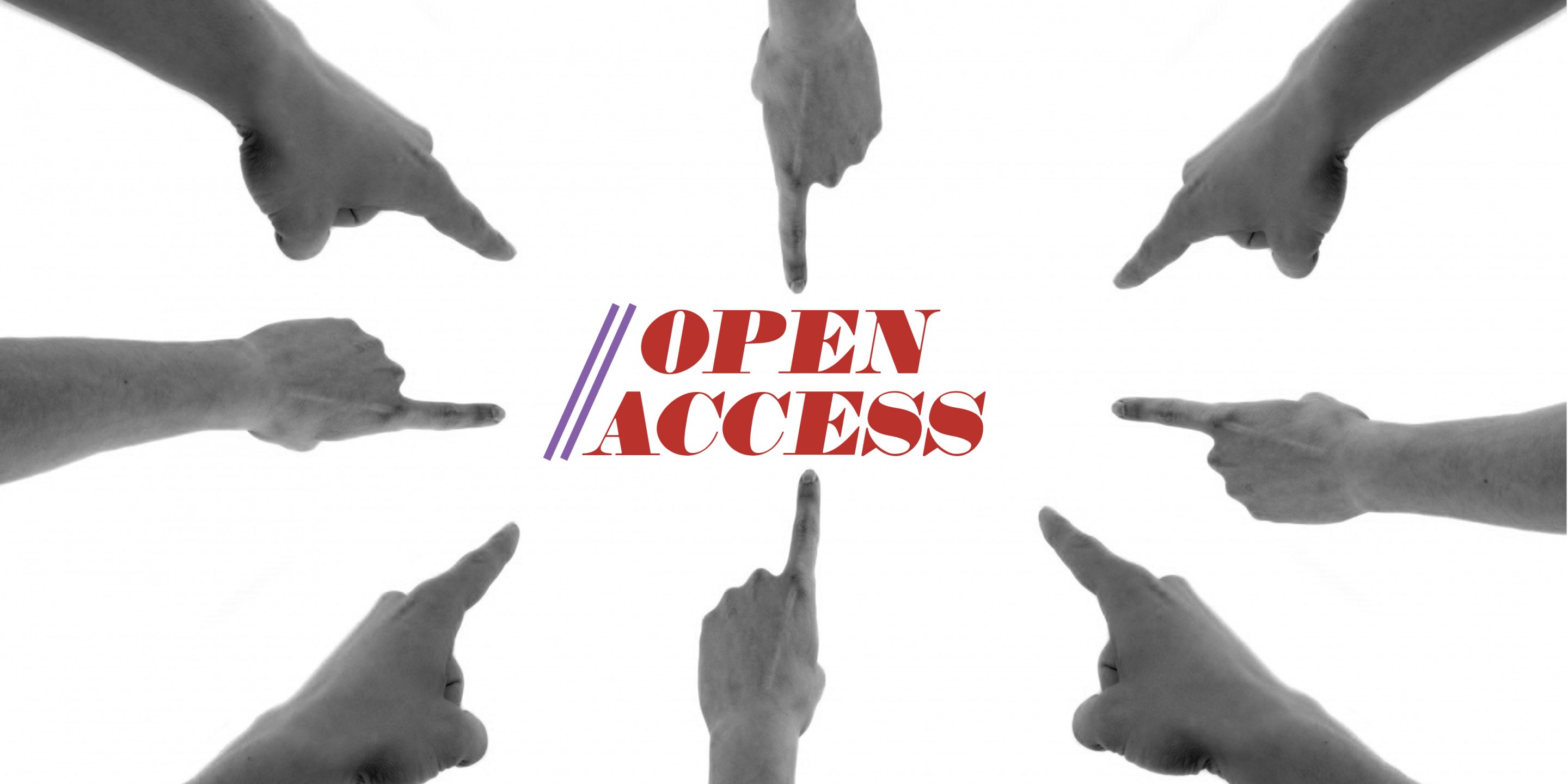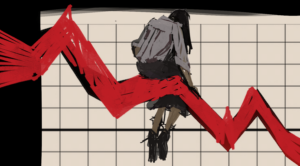I was first introduced to the social model of disability during a freshman year writing seminar focused on disability. I read pieces from paralyzed men who believed that disability-causing illnesses or injuries, called “impairments,” were not problems, but instead, the problem is society’s refusal to accommodate them. They called for wheelchair ramps and elevators rather than medical treatments to reduce the impairments.
Unsurprisingly, this theory was invented overwhelmingly by individuals with spinal cord injuries. I say “unsurprisingly” because I fail to see how it even remotely applies to anyone else who considers themself to have a chronic illness. My best friend is diabetic; he needs insulin to survive. While accommodations—not having to take an exam when his blood sugar is unstable, being allowed to eat in classes when he needs to, missing school for appointments—help him, the problems he faces are by no means solved. There’s still the constant monitoring, waking up at night, and most of all, the anxiety of worrying about his health. What would really help him, not just make his life a little bit easier, is a cure. Proponents of the social model of disability will argue that the anxiety a diabetic faces is the result of social stigma around needing to watch their diet and take time out to attend to their needs, but even in the perfect environment, the fear of dying is innate to the disease.
According to the social model of disability, the right environment will erase any struggle resulting from an impairment. I suppose this could be true for individuals with spinal cord injuries—if they could get around in wheelchairs, they would need less care and have few restrictions. But again, this shows the limits of the theory. Some impairments will never be compatible with any environment. In my opinion, no society can be expected to remove all flashing lights for individuals with photosensitivity or make all legal documents accessible to the most intellectually impaired. Even with the best possible environment, a bedridden person would still have barriers in front of them.
The point isn’t about the social model, really—not many people believe in it as passionately or strongly as the activists who came up with it do, and most disability theory classes introduce it as an extreme. The problem is that thinking this way ignores the ugliness of chronic illness. We have to accept that there is a profound sense of loss for many with chronic illness—the loss of independence, of peace of mind, of a life free of pain. Every chronically ill person I know has experienced that loss, and changing the environment does nothing to mitigate it.
The problem is that the social model ignores the pain of the loss inherent to illness.
Can we do something about the pain people feel? Sure. Finding the good in our new lives—the “new normal,” as Hank Green has called it—helps. Time soothes many things, as do love and faith. But the sense of loss will never completely go away.
I hurt my back this week, just reaching down to grab a snack, and was flat on my back for a full day afterwards. It gave me time—too much time—to think about my body when I was younger (I say, sounding like a certified old person), when I could do simple things like everyone else. It’s the second time I threw my back out in the last month, and I know there will be more to come—I was told that a long time ago. The truth is, I haven’t felt normal in a long time, and there is, if nothing else, a sense of loss for the feeling of fitting in. Thanks to my access to plenty of resources and conversations with chronically ill friends, I’ve been able to reconcile this loss as healthy and normal. However, I worry about another person who gets diagnosed with a chronic illness and doesn’t have that support. Will they question their feelings of loss? Will society begrudge them for being unhappy—will ill people be denied their right to their feelings?
To deny myself the feeling of loss that comes with my illness would be sad. To deny it to others would be unjust.





